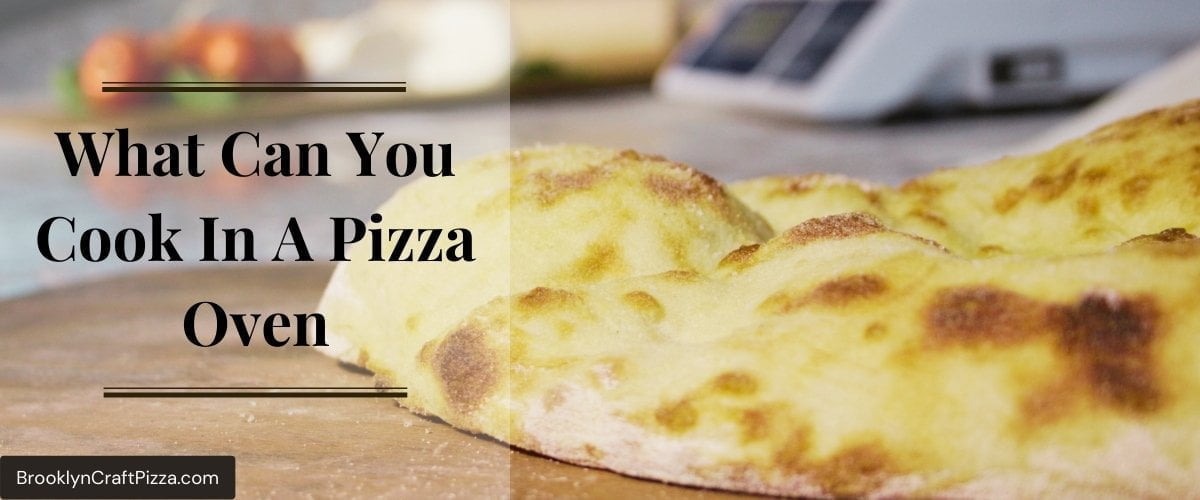You’ve just gotten the diagnosis, and it’s diabetes. Does this mean you have to give up pizza?
You’ve probably heard that if you have diabetes, you should cut back on or eliminate your consumption of sweets, refined grains, and sugary drinks. So, naturally, everyone, not just those with diabetes, benefits from eating a diet high in protein, healthy fat, and fiber from whole foods. So, can diabetics eat pizza?
If you’re a pizza fan who also happens to have diabetes, you shouldn’t feel that you have to give up pizza altogether to maintain a healthy, well-rounded diet and lifestyle. After all, pizza is tasty and can be nutritious.
This article offers advice on healthy eating habits for those with diabetes and discusses how diabetics can enjoy pizza without worrying about their condition.
Can Pizza Raise Your Blood Sugar?

Pizza will cause your blood sugar to spike because it’s made with flour, cheese, and various types of bread. Here, however, we will explore ways to control the rate at which your blood sugar levels rise. The goal is to avoid a sudden or dreaded “delayed spike” in blood sugar levels, so we’ll discuss methods.
Never forget that the rate at which carbohydrates elevate blood sugar can be slowed by eating them with fat, fiber, and protein. However, because of the high-fat levels in most pizzas, there is sometimes a “delayed surge.” In addition, pizza’s high-fat content makes it take your GI system longer to digest, which also explains why you could feel sleepy after eating it.
This may cause your blood sugar to appear normal or even drop briefly. However, your blood sugar levels dramatically rise a few hours later.
Can Diabetics Eat Pizza?
Pizza is safe for those with diabetes who want to consume it. However, even a few pieces, much alone the whole wheat pizza, might make it difficult to maintain healthy blood sugar levels. That’s all because of the high glycemic index and fat and calorie count.
The amount of carbohydrates in your slice increases with the thickness of the crust. And unless it is a whole-grain crust or has non-grain ingredients (like a cauliflower crust), the refined white flour can deliver a rather heavy glycemic punch. In addition, the tomato sauce may have additional sugar, increasing the carbohydrate content.
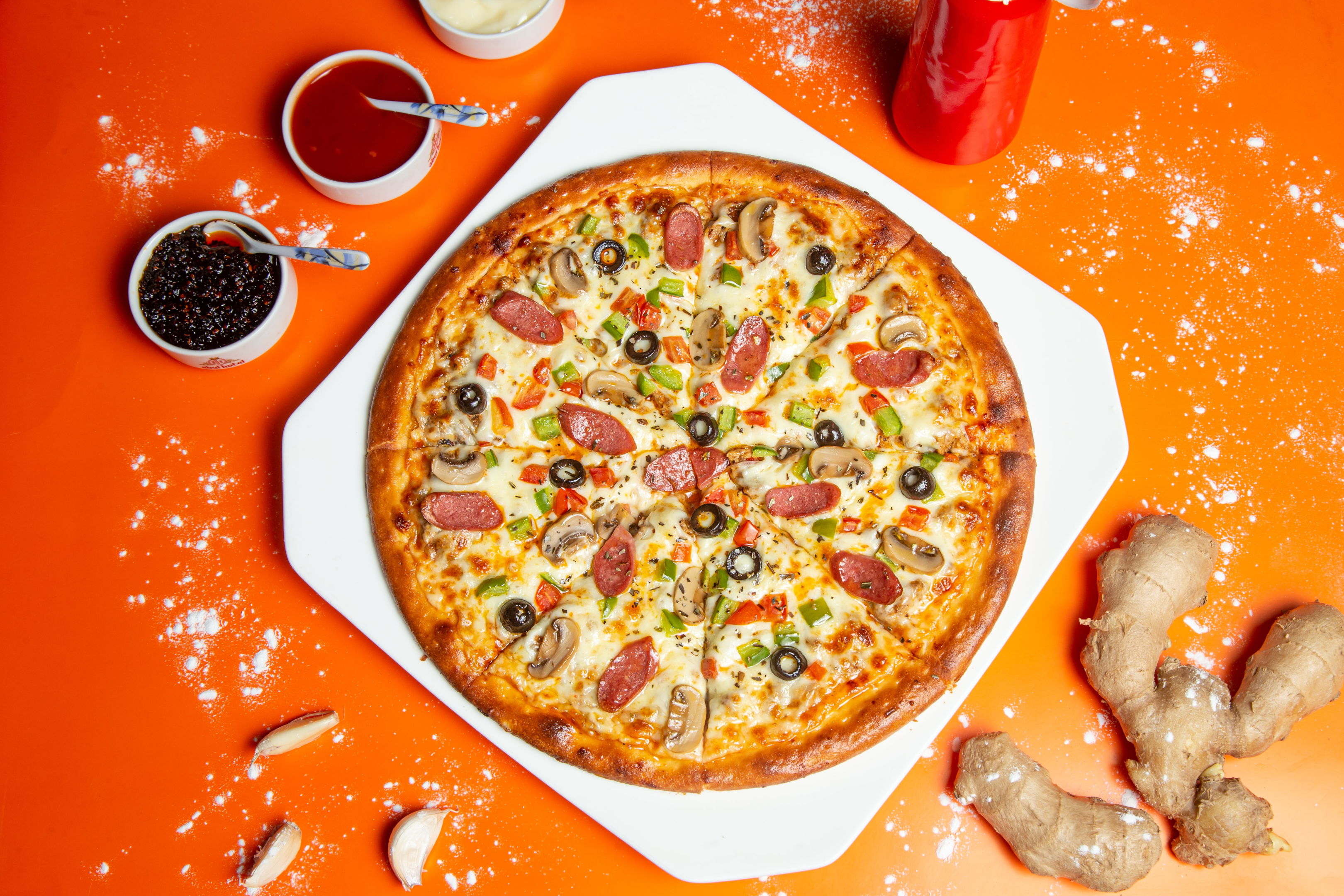
Add the extra fat from the cheese, olive oil, pepperoni, sausage, bacon, etc., to the pizza. Saturated fat is bad for your arteries, and this food has some.
However, because fat generally slows down digestion, the effects of the carbohydrates don’t manifest themselves until much later (which, you may reason, explains why my blood sugar levels were higher the next morning).
Lastly, the pizza’s salt content can be problematic for some people, especially those who already have high blood pressure or tend to retain fluid.
Is Gluten-Free Pizza Crust Healthier for Those With Diabetes?
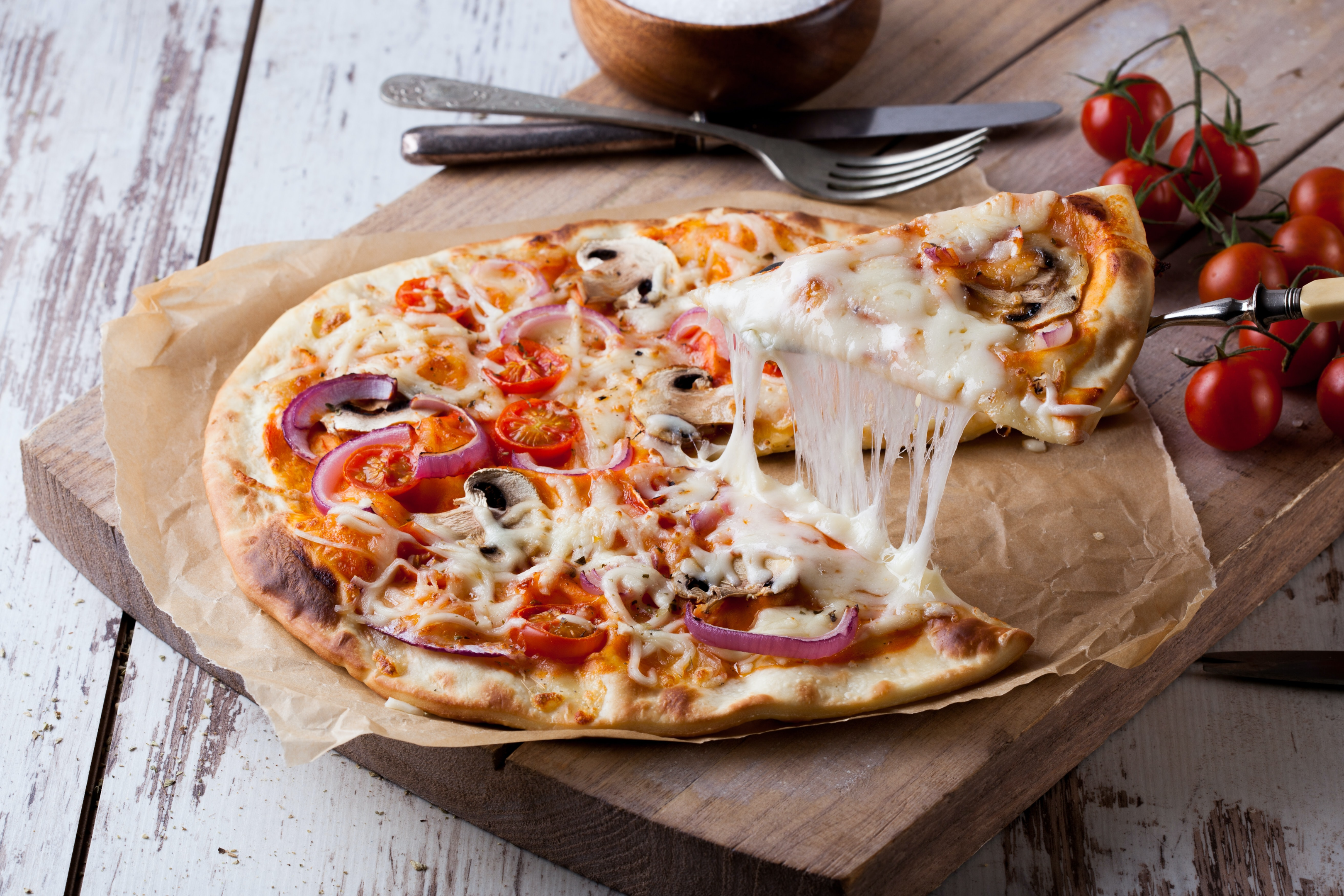
There is no evidence to suggest that eating a pizza with a gluten-free crust is healthier for blood sugar levels than a crust that contains gluten. If a blood sugar-friendly crust is also gluten-free, I can guarantee you that the absence of gluten is not why it is blood sugar friendly.
A frozen pizza crust that uses entire ancient grains is among my favorites. Thus, it is gluten-free and has more protein and fiber than a regular pizza crust. Again, it has nothing to do with gluten or the lack thereof and everything to do with the availability of protein and fiber.
Dangers of Pizza to Diabetics
1. High in Both Refined and Total Carbohydrates
Limiting your consumption of refined carbohydrates, such as the white, or the specific flour used in pizza crust, is recommended by healthcare specialists regardless of whether or not you have diabetes.
However, those who have trouble controlling their blood sugar, such as those who have diabetes, need to pay close attention to how much total and refined carbohydrate they’re taking in.
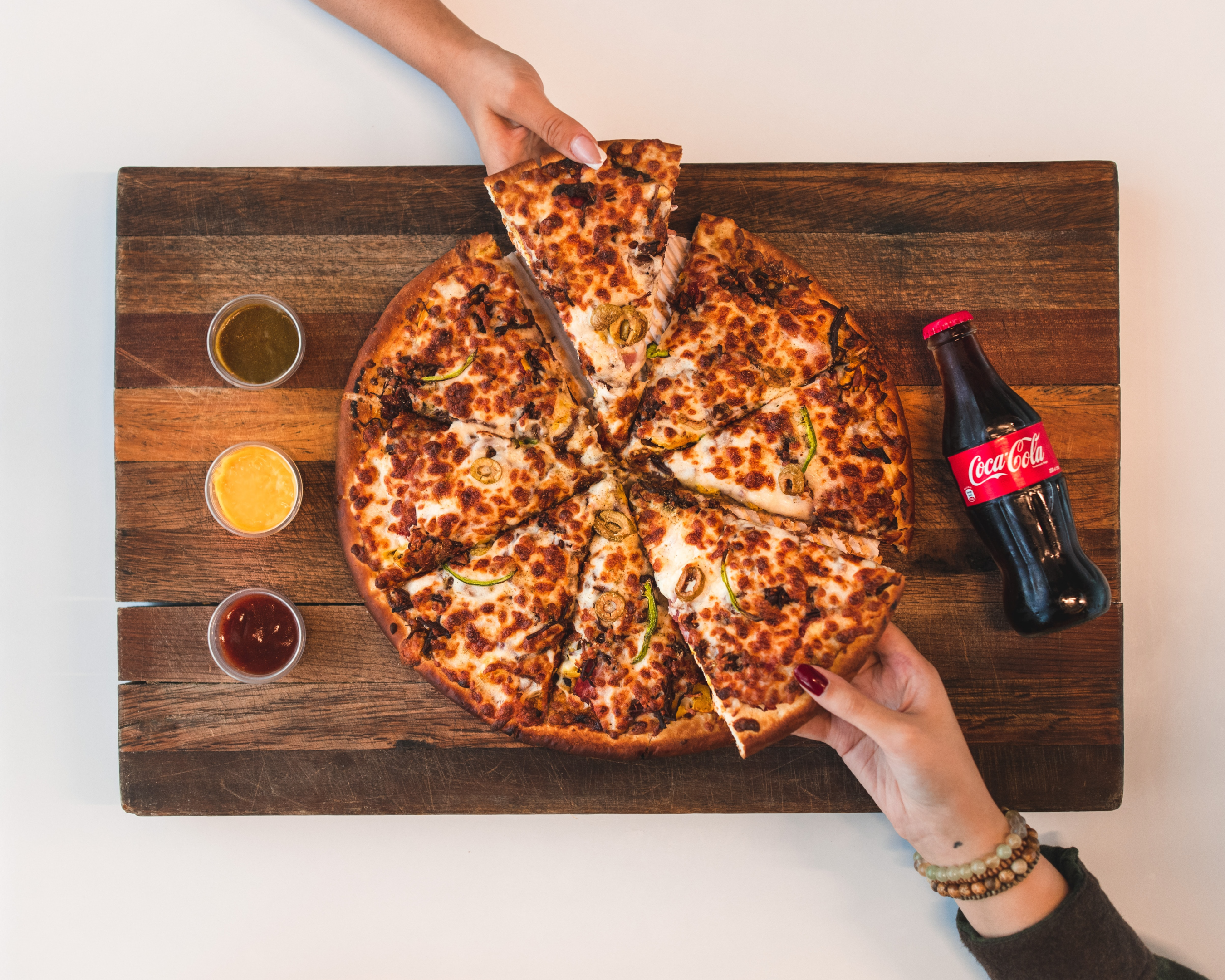
Refined grains have a bigger impact on blood sugar levels because they lack certain nutrients, such as protein and fiber. However, blood sugar levels are less likely to rise after consuming whole, unprocessed grains or other nutrient-dense food sources like fiber-rich fruits and starchy vegetables.
It is recommended that people with diabetes keep track of not just how much carbohydrates they consume but also the types of carbohydrates they consume. This is because carbohydrates are the macronutrient most responsible for influencing blood sugar levels.
Depending on the variety, a 100-gram slice of cheese pizza may contain 30 grams of carbohydrates or two servings but may also provide only a few grams of protein and very little fiber intake.
It’s important to remember that the carb content in a pizza slice varies greatly based on the crust’s thickness, the size of the slice, and the toppings. So, if you consume two pieces of cheese pizza, you may eat the equivalent of four servings, or 60 grams, of carbohydrates.
2. Rich in Sodium

Pizza can contain a lot of sodium, which may harm some people, particularly those with diabetes. For instance, two slices of cheese pizza from Pizza Hut have 1,248 mg of salt, which is more than half the 2,300 mg daily recommended limit.
This raises a red flag since those with type 2 diabetes are more prone to experience high blood pressure, which a high salt diet can impact.
3. Saturated Fat Content Is High
To give you an idea, two slices (200 grams) of Pizza Hut cheese pizza contain 10 grams of saturated fat or 50 percent of the current DV. Additionally, a diet heavy in saturated fats may make diabetes worse by causing insulin resistance, which has a detrimental effect on blood sugar control.
People with diabetes should not, however, feel they must completely cut out pizza from their diet. Pizza and other refined carb-rich meals should be eaten in moderation, and the bulk of your diet should have whole, nutrient-dense foods.
Pizza and Type 1 Diabetes
Most patients with type 1 diabetes will experience the previously discussed delayed spike phenomena. Therefore, let’s look at some techniques to avoid it.
1. Split Your Bolus Into Two or Three Pieces
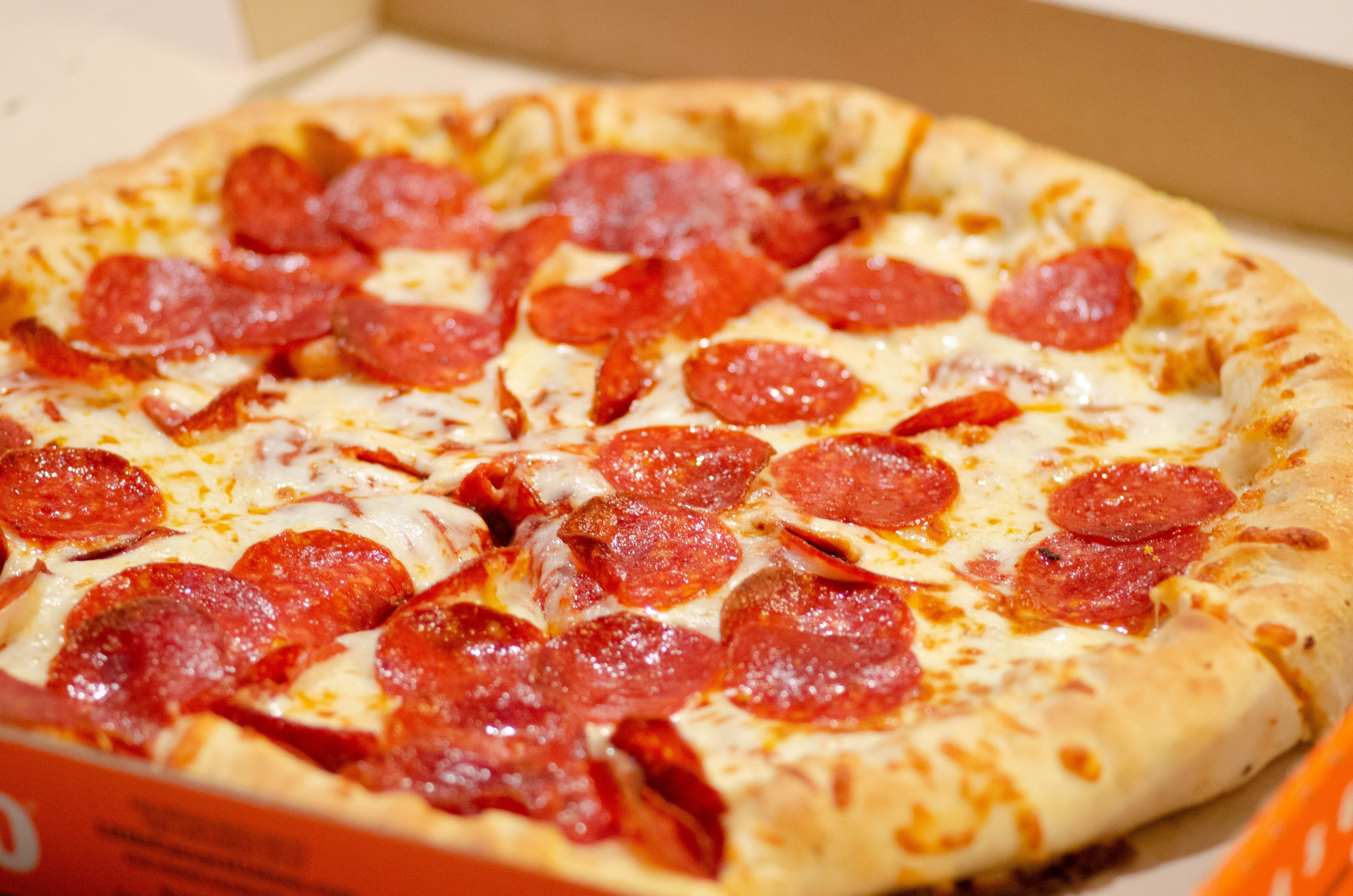
When eating pizza, many persons with diabetes split their insulin dose into two or three smaller doses and administered it at spaced-out times. Depending on what you and your medical team determine, any of the following could be a viable course of action:
- Pre-bolus (given 15-30 minutes before eating)
- Delayed bolus (given 1-2 hours after finishing your pizza)
- As you consume your pizza
- As soon as the pizza is finished
2. Choose Your Timing and How to Distribute Such Boluses or Injections
Choose your timing and how to distribute such boluses or injections. Numerous circumstances will determine how much of your entire dose to administer and when. Thus, I cannot ethically advise in this post that you administer this quantity at this time.
Each of us is different and unique. Just be aware that administering numerous injections or boluses is crucial when managing diabetes with pizza.
Pizza and Type 2 Diabetes
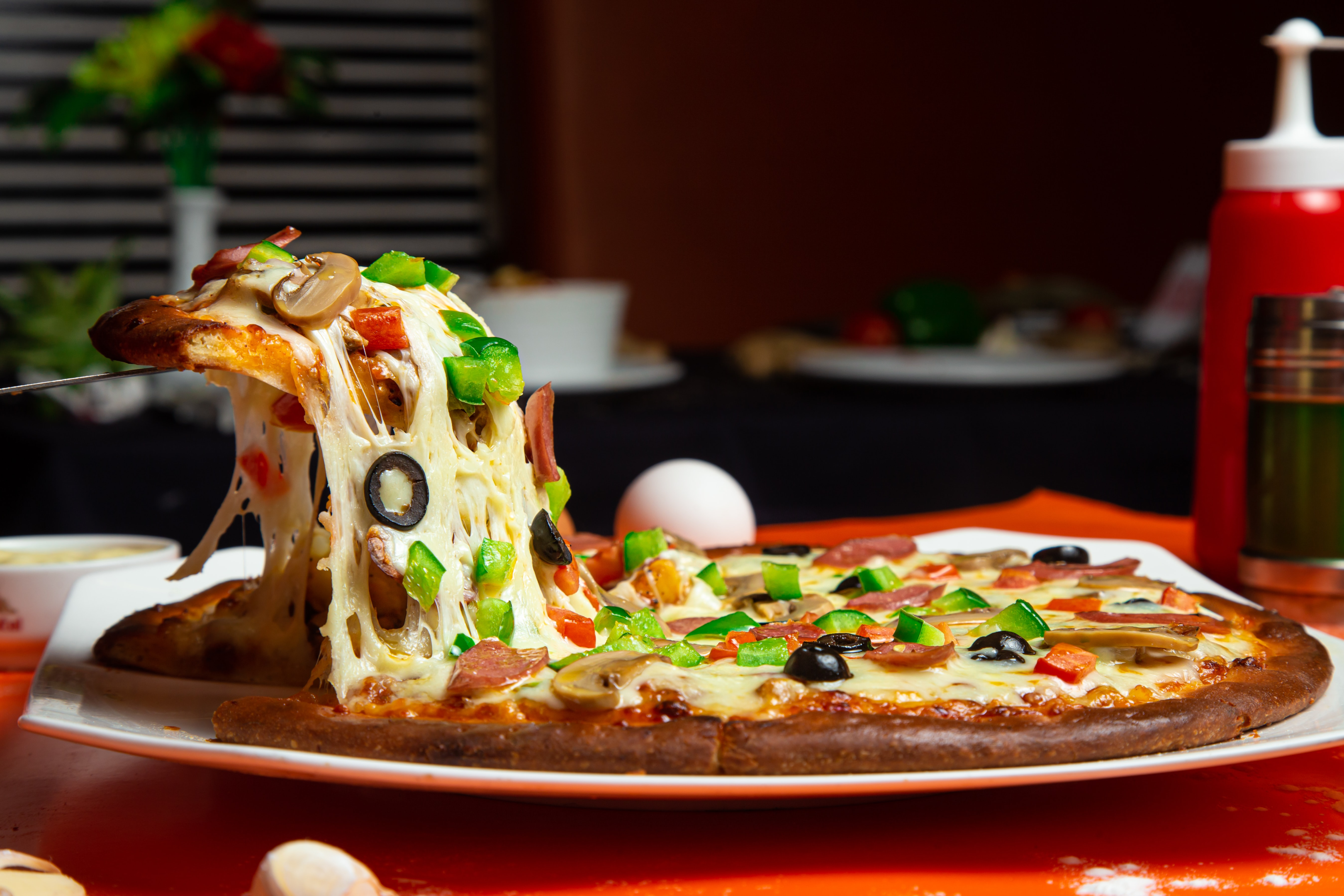
Even if we don’t have to worry as much about time and medication dosing with type 2 diabetes and pizza (non-insulin-dependent), it’s still vital to consider the potential impact on your blood sugar levels.
Most persons with type 2 diabetes would benefit greatly from walking for 15 to 30 minutes after eating pizza to keep their blood sugar levels steady. As an additional recommendation, round up your pizza meal with a serving of your preferred vegetables or salad. Below is a great list of possibilities.
Pizza and Gestational Diabetes
The pizza cravings don’t have to stop just because you have gestational diabetes. Fiber and protein should be given priority, and any carbohydrate restrictions recommended by a doctor or nutritionist should be adhered to.
What Type of Pizza Is Best for Diabetics?
The crust is first considered when deciding how to handle the pizza-and-diabetes conundrum. Just a few things to think about It should be a decent alternative as long as you select a pizza crust that you truly love eating and that has protein and fiber.
1. Check the Pizza ingredients

Pizza comes in various styles, including those with thick or thin crusts, New York or Sicilian, and many different toppings.
There are many ingredients in a standard pizza that are bad for diabetics. A deep crust and a lot of cheese are not helpful if you attempt to lose weight. They contain many calories that will soon turn fat if not burned off.
Furthermore, because conventional pizza dough is prepared with flour, it contains a lot of carbohydrates. Sugar may be added to everything, including tomato sauce. That’s not even mentioning the several available toppings.
2. Choose a Healthy Pizza
Pizza can be enjoyed in a way that doesn’t put your health at risk. If you have access to the raw materials, that will be much less of a hassle. Later, we’ll look at how to prepare a pizza with fewer carbs without sacrificing flavor. However, it’s also feasible, even with a pizza from your favorite restaurant.
3. Eating Healthy at a Restaurant or with Takeout

Consider your portion size as an excellent place to start. As long as you consume everything in moderation, diabetics can eat anything they want.
Do you crave the thickest pizza, covered in melting cheese and bursting with pepperoni? You can eat it if that is the flavor combination you desire. However, the more sugar, salt, processed meat, and carbs it contains, the less you can eat without experiencing a spike in blood sugar.
Reducing your portion size is an easy method to make a pizza at a restaurant more diabetic-friendly. Choose the smallest pie available, or split it with a friend and only eat a few slices.
Find a pizza with a very thin crust. Additionally, get a salad to go with it so you can still eat a lot without consuming too many carbohydrates. Just stay away from any dressings that have honey or sugar in them.
4. Make Your Pizza

If you bake your own pizza, you can control the ingredients. Use a smartphone app to find out how many carbohydrates and sugar a recipe has. If the totals are excessive, you can either reduce the serving size or switch to a healthier recipe.
When it comes to your blood sugar, the crust is the main concern with most pizzas. Unfortunately, that’s the part that’s the most difficult to make. Those trying to limit their carb intake can benefit greatly from the availability of some great premade pizza crusts.
Those trying to limit their carb intake can benefit greatly from the availability of some great premade pizza crusts. There is a pizza crust created with corn flour and cauliflower crusts(we have covered this extensively).
On the other hand, a whole-grain tortilla wrap makes a delicious pizza crust. Doing it is pretty simple. Cook all sides of it in a pan with a little olive oil. Then, add your desired toppings and a small sauce to keep the tortilla crispy.
5. Pick the Correct Toppings

You can get creative with your toppings because the options are practically endless. That’s great news because it implies that you can easily locate nutritious and delicious food choices.
Nothing in your diet, including alcohol, should be considered off-limits. However, limit yourself to a few slices if you prefer processed meats that are strong in fat and salt. If you’re watching your weight, the same holds true with mozzarella and other high-fat cheeses.
Delicious and healthier alternatives include lean meats and vegetables. Keep in mind that even the lowest carbohydrate vegetables will still have some effect on your diet. The ideal choices will be those low in glycemic index, high in fiber, and rich in nitrates.
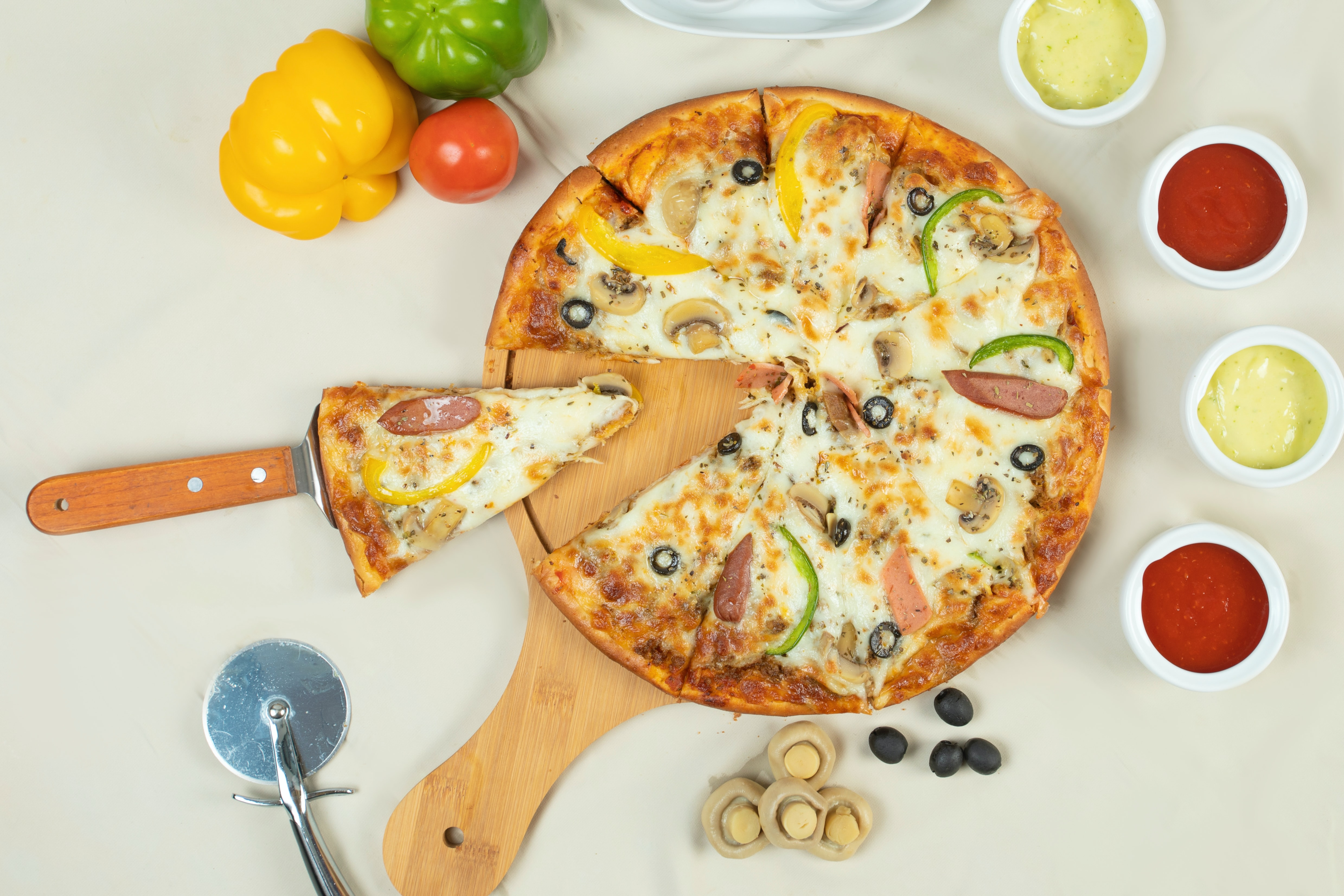
Topping your pizza with low-GI vegetables like peppers, spinach, eggplant, asparagus, and broccoli is a great idea. However, that means your body will take its time digesting the natural sugars they contain, preventing a sharp increase in blood sugar.
Pizza is a great source of nitrates; if you pair it with a salad made with arugula, you’ll receive even more. These aid in maintaining cardiovascular health by reducing blood pressure.
To boost the protein content of your pizza, try adding lean meat like turkey or chicken or seafood like tuna or prawns. Add lots of toppings to your pizza, and it will not only taste wonderful but also keep you
6. Consider the Pizza Sauce
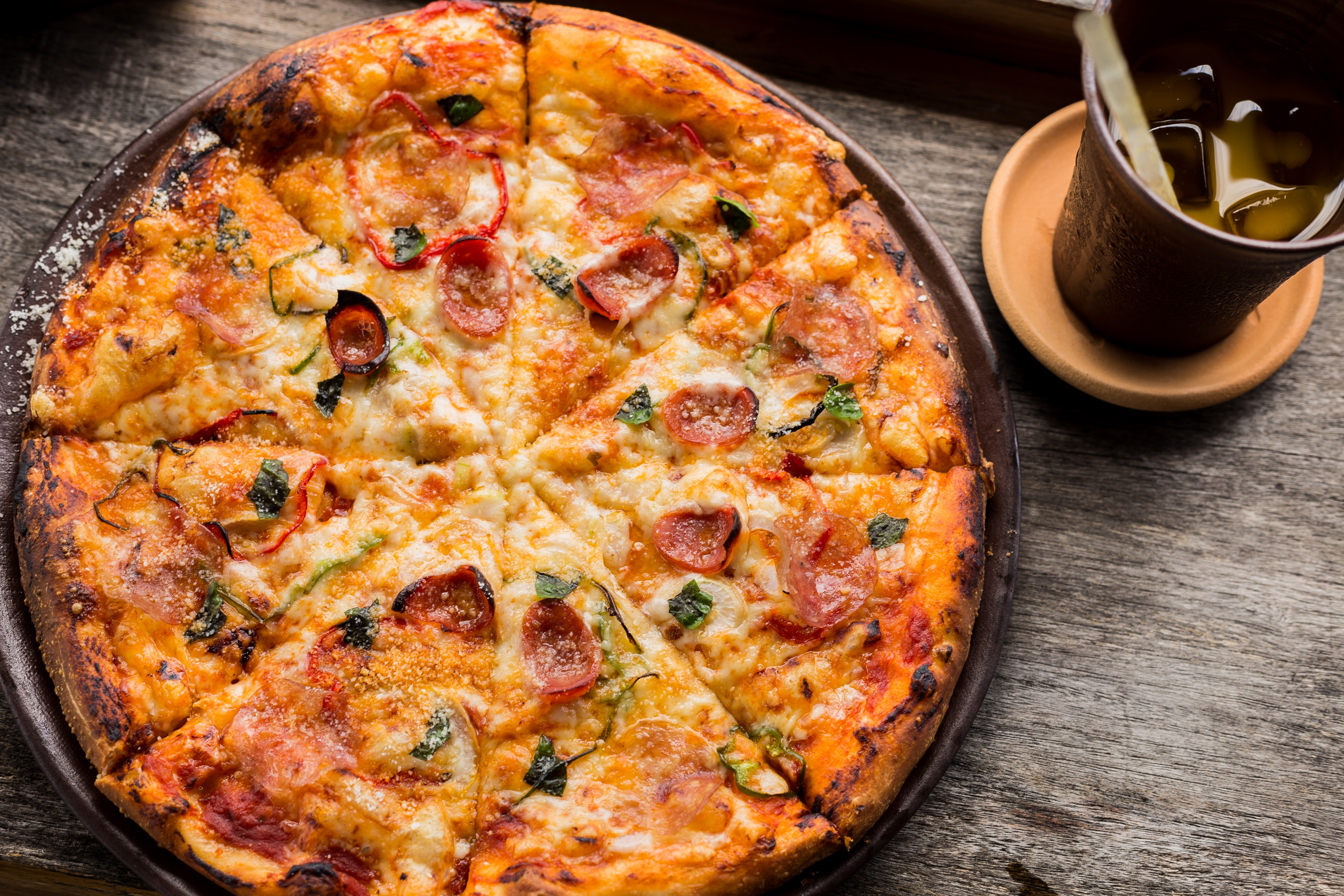
Pizza sauces that are already produced are convenient, but many of them have extra sugar that isn’t necessary. Instead, look for products with little or no sugar. They won’t drastically change your taste buds but will positively impact your blood sugar levels.
Making your pizza sauce is surprisingly simple and only takes a few minutes. In addition, it’s a great method of identifying each ingredient in your food.
A reduction in volume can be achieved by sautéing garlic and passata in a small amount of olive oil. You can also use onion and herbs like oregano and basil for added taste.
You shouldn’t need to add sugar to the sauce because tomatoes have plenty of sugar naturally. However, if you prefer your sauces on the sweeter side, you may want to add a little sugar.
Conclusion
We’ve tried to show that diabetics can still eat pizza if they’re careful about it. You can enjoy a slice of pizza from the delivery place every once in a while. Pick a pizza with a thin crust and load it up with healthy toppings like lean meat, fish, or veggies.
If you have diabetes, you probably already know how dangerous it may be to try to eat pizza while balancing fluctuating blood sugar levels and unpredictable insulin dosages. Nevertheless, you can keep your diabetes under control by being mindful of your portion sizes.




